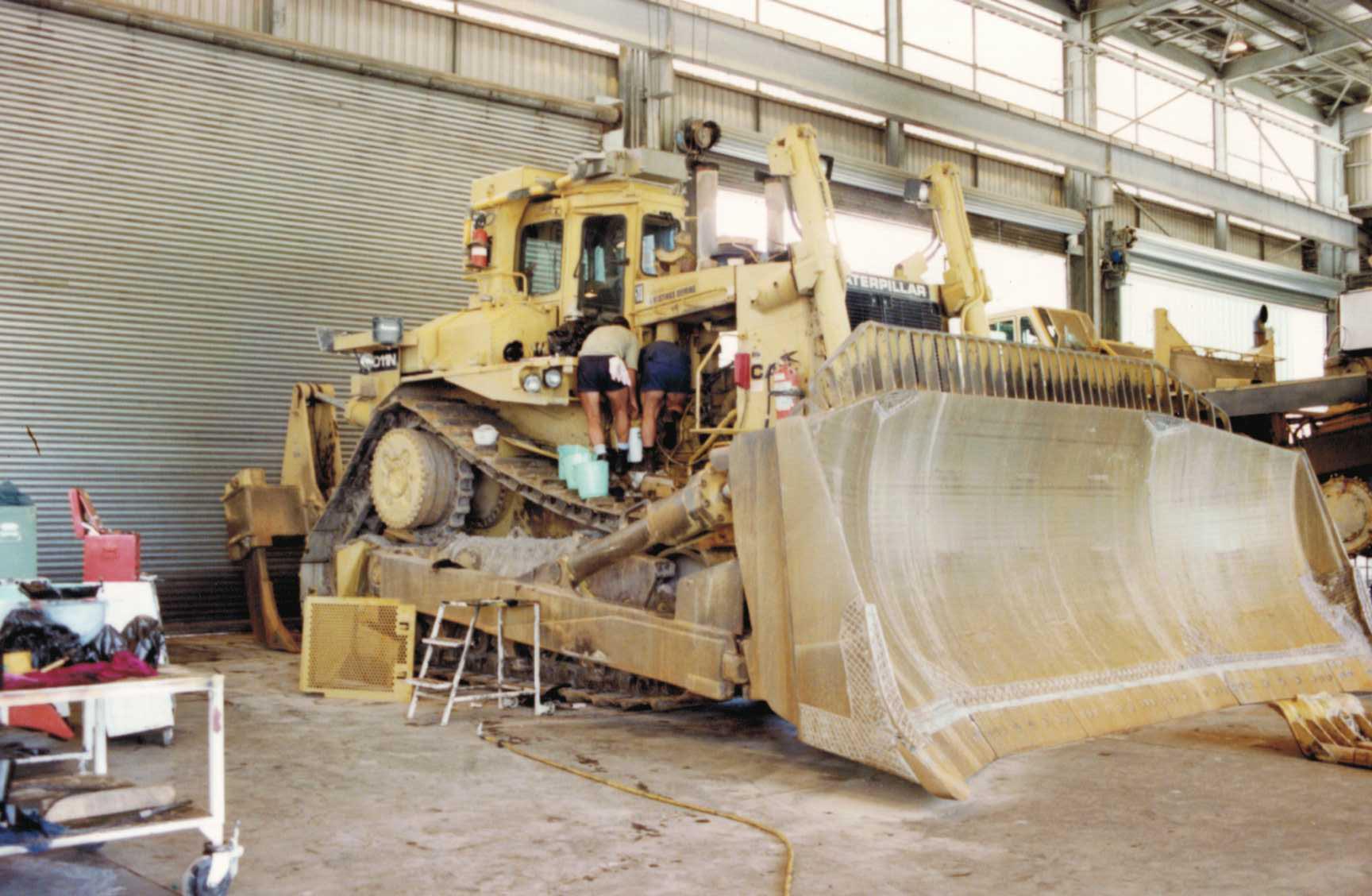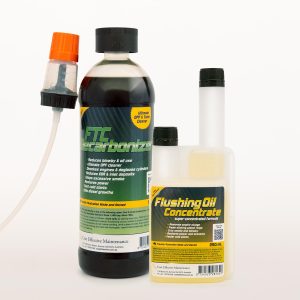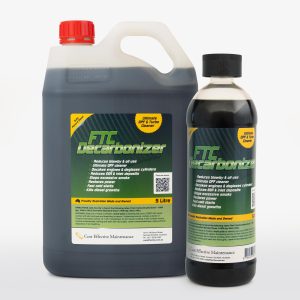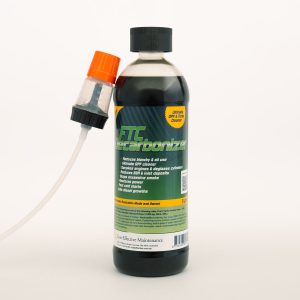Cost savings boost coal production
According to the laws of physics, power is the rate of performing work. When applied to a diesel powered coal mining fleet, an increase in power results in an increase in production. Of course, a production drive is a little more complicated, but never-the-less, more power is one method of increasing production, and it just happens by itself. In the background! With no additional effort!
A well-established means of increasing power (without compromising equipment warranties, durability and service life) is by utilizing the ferrous picrate based fuel borne combustion catalyst, FTC/FPC. A four year study on this product was recently completed at the University of Western Australia. It was sponsored by a major mining company, and confirmed more power per unit of fuel as well as cleaner exhaust emissions from diesel engines.
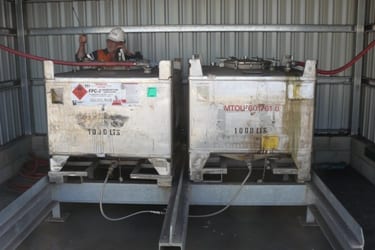
One of these tanks will treat 10 million litres of diesel, and save 10 or more B-Double load of fuel!
One Queensland thermal coal mine, using the FTC/FPC Combustion Catalyst, analysed their operating records after the first 12 months. While their main interest was in cutting fuel costs, the records indicated an increase in truck haulage rates from 430.8 to 452.7 Tonnes/truck hour operated. That’s a 5.1% increase in material shifted! And it was created with no additional effort at all! Also noted, the Tonnes shifted per litre of diesel increased by 8.3%.
Increased coal production
These sorts of figures demand further comment, as apart from productivity gains, there are further strong “bottom line” economies. These include direct energy cost reductions (5-9%), reductions in carbon footprint per unit of production and extended engine service life (24% or more). So just how is this achieved?
The FTC/FPC Combustion Catalyst is known to burn fuel at a faster, and more efficient rate (more closely approximating ideal combustion). More of the fuel’s energy is released closer to piston top dead centre, with less wasteful tail-end burning in the exhaust system. As a result of this, the faster FTC/FPC fuel burn increases developed power per unit of fuel consumed. At any specified power requirement less fuel will be required. At maximum fuel delivery, maximum outputs of power and torque are increased, enabling more work to be performed, and with reduced stress.
What this means for haul trucks is faster haul times, and more cycles achieved per month. When governed speed is reached, less fuel is required with the FTC/FPC Catalyst. However, diesel loaders, excavators and shovels always work at full power, and provide an important overall contribution to truck productivity, by reducing truck queuing. The increased power results in greater “break out” forces, faster response and faster truck loading cycles. In turn, that results in improved truck utilization, as idle time in queues is reduced.
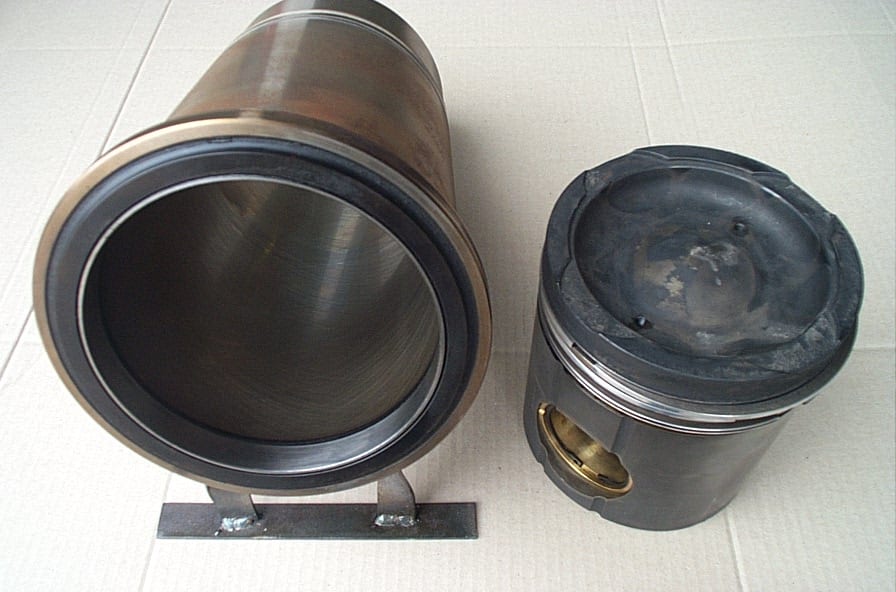
So little wear that the pistons and liners could all be reused at over 23,000hrs on FTC/FPC use.
Equally important to production is equipment availability. The FTC/FPC enhanced combustion also oxidizes carbon deposits from combustion and exhaust spaces. Hard carbon build-up is a major cause of engine wear, increased stresses, and can cause catastrophic failures resulting in unplanned downtime. The improved fuel burn also results in lower oil soot levels with subsequent reductions in abrasive engine wear profiles. FTC/FPC use results in longer intervals between rebuilds, and reduced carbon related failures of valves, turbochargers and injectors. Identifying, minimizing and avoiding maintenance defects is a major task in successfully pushing out production figures, and this method contributes strongly by improving internal engine operating conditions. As already stated, no additional planning inputs are required.
Energy savings are significant, due to the more efficient fuel combustion. In the example above, some 8.3% higher tonnage of material was handled per litre of diesel, enhanced by the FTC/FPC’s action. It’s what every mining operation actively seeks…higher production efficiency, and lower cost per unit of production.
FTC/FPC is likely the lowest cost combustion catalyst on the global industrial market, ensuring returns on investment of 600%-1200% in fuel savings alone!
Environmental effects are also positive, with reductions in CO2, CO, hydrocarbons and diesel particulate emissions (DPE). Importantly both the mass and number of DPE’s is reduced substantially. Competitive products contain hundreds (if not, thousands) of times the active material as FTC/FPC requires, and increase total number of particles, especially the more health damaging ultra-fines, even though they may reduce the overall mass of DPE’s.
Recommended products to boost coal production…
-
Engine Blowby, Value Packs
Engine Blowby Kit
From $240.00 incl. GSTSelect options This product has multiple variants. The options may be chosen on the product page -
Diesel Fuel Additives, Main-products, Our Products, Petrol Fuel Additives
Engine Decarbonizer Pack
$239.00 incl. GSTSelect options This product has multiple variants. The options may be chosen on the product page -
Bulk Fuel Treatments, Diesel Fuel Additives, DPF Cleaner, Engine Blowby, FTC Decarbonizer, Fuel Additives, Fuel Biocide, Main-products, Marine Fuel Additives, Our Products
FTC Diesel Decarbonizer
From $135.00 incl. GSTSelect options This product has multiple variants. The options may be chosen on the product page

